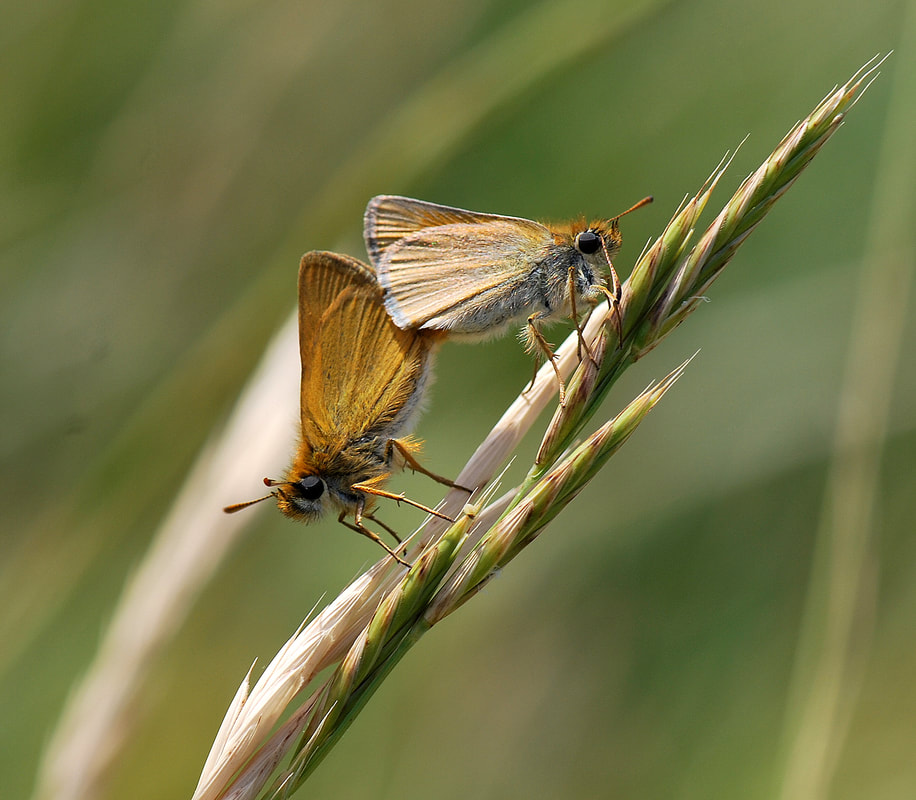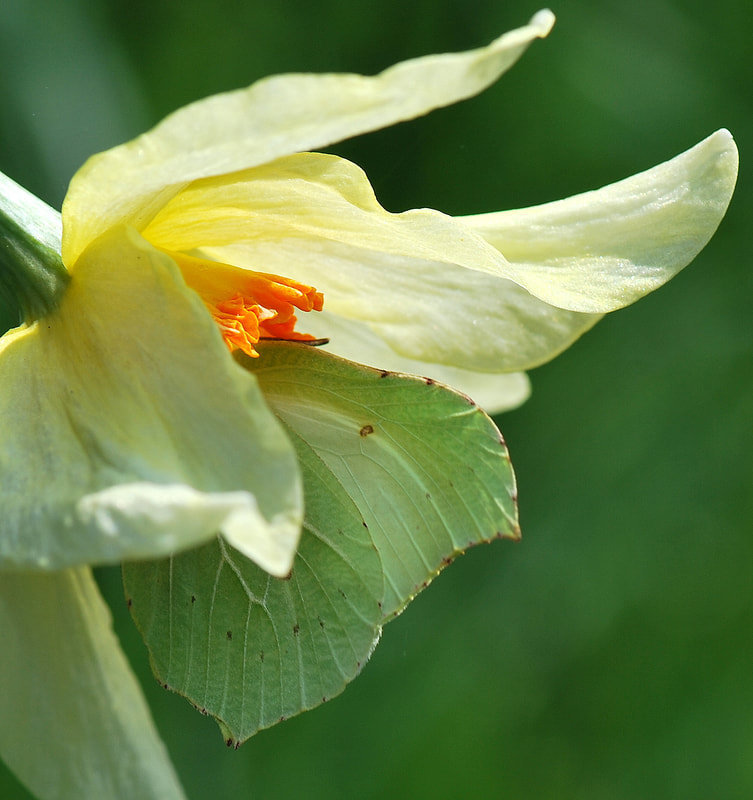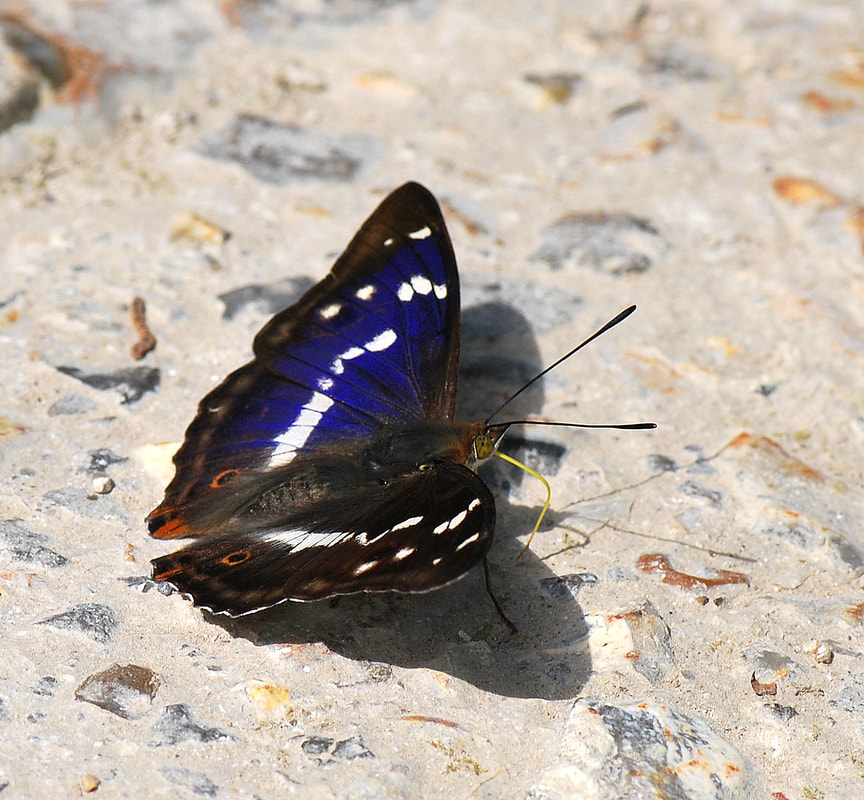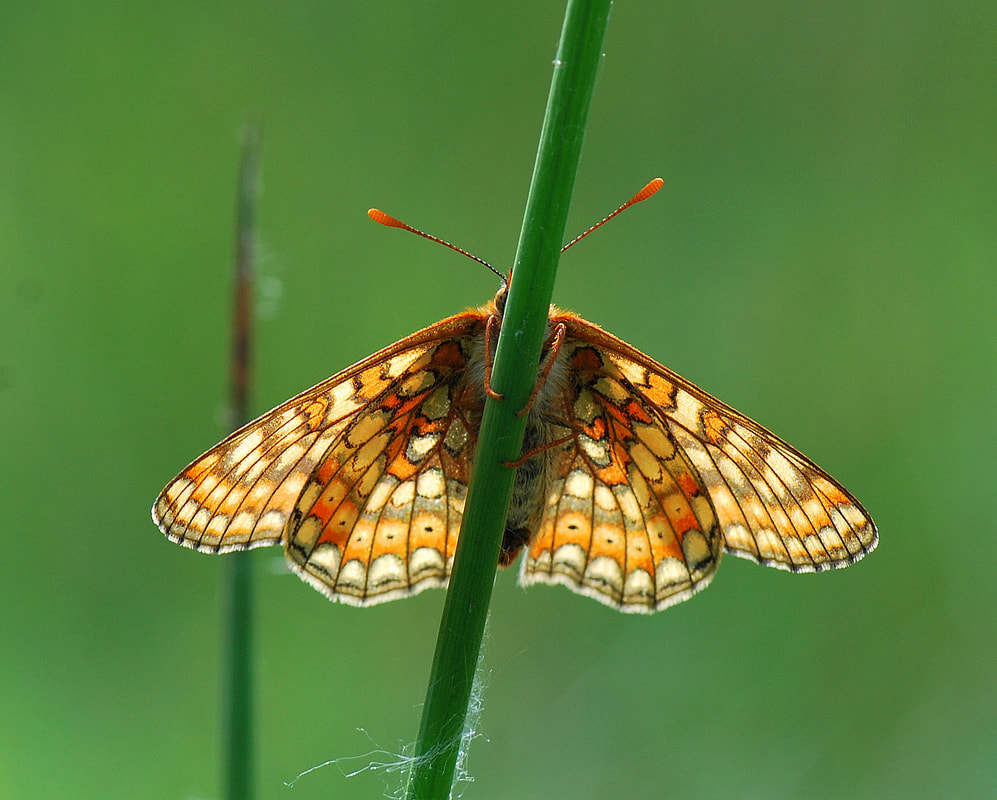End of Year Tally 2018
The new season has kind of started, it was all going so well and the British weather reverted to type and as I type tis outside it’s cool, wet and very windy…Still this means that I might have a little time to get the Tally Posts up and running prior to the season getting back up and running…
This time last year I wrote that 2017 was “a funny old year” well if that was the case then 2018 was bloody hilarious! We had the mildest of winters in 2017-18 which almost felt like the way that I remembered Autumns in my youth. Then when things just seemed to actually be starting we suddenly got Winter – with snow and ice and plunging temperatures. This seemed to hold everything back and when Spring belatedly arrived most species were emerging late and seemed to be playing catch-up. As the weather went full bore towards Summer the temperatures sky rocketed and reached record levels but not only was it hot it was also really, really dry and in my area at least there was no June gap in 2018. After this things seemed to revert almost back to normal although there were some partial 2nd broods and miniscule blues and certain species took full advantage of the climatic conditions. I remember reading that after the record breaking year of 1976 the butterflies decreased noticeably in 77 and whether 2019 will see a similar decrease only time will tell, fingers crossed that it doesn’t…
The new season has kind of started, it was all going so well and the British weather reverted to type and as I type tis outside it’s cool, wet and very windy…Still this means that I might have a little time to get the Tally Posts up and running prior to the season getting back up and running…
This time last year I wrote that 2017 was “a funny old year” well if that was the case then 2018 was bloody hilarious! We had the mildest of winters in 2017-18 which almost felt like the way that I remembered Autumns in my youth. Then when things just seemed to actually be starting we suddenly got Winter – with snow and ice and plunging temperatures. This seemed to hold everything back and when Spring belatedly arrived most species were emerging late and seemed to be playing catch-up. As the weather went full bore towards Summer the temperatures sky rocketed and reached record levels but not only was it hot it was also really, really dry and in my area at least there was no June gap in 2018. After this things seemed to revert almost back to normal although there were some partial 2nd broods and miniscule blues and certain species took full advantage of the climatic conditions. I remember reading that after the record breaking year of 1976 the butterflies decreased noticeably in 77 and whether 2019 will see a similar decrease only time will tell, fingers crossed that it doesn’t…





